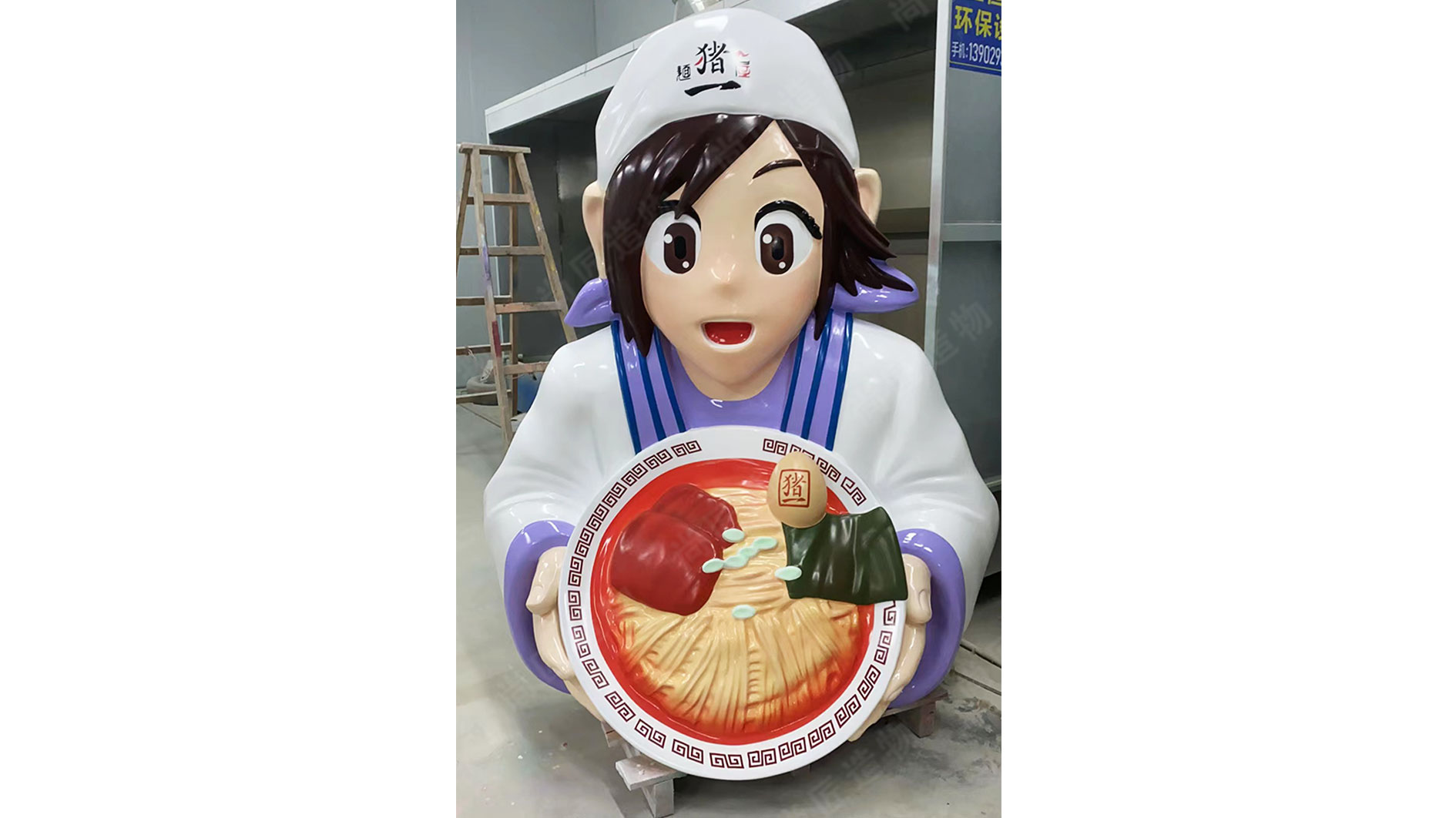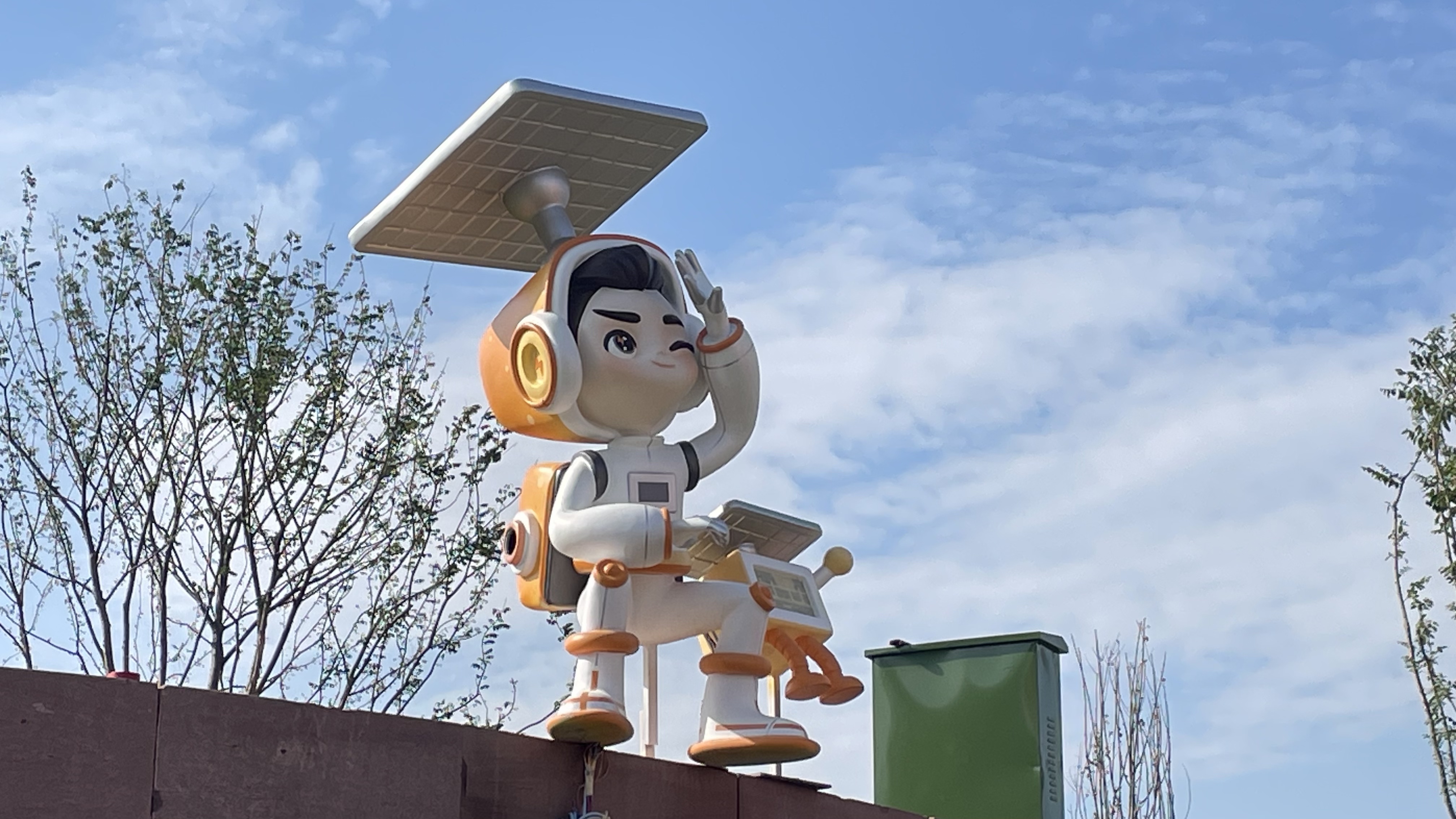Key Takeaways
Selecting durable outdoor stainless steel sculptures requires balancing material science, design principles, and environmental factors. Below are the core considerations to ensure longevity and aesthetic appeal:
- Material Grades: Not all stainless steel is equal. Grades like 304 and 316 offer distinct corrosion resistance levels, with 316 being ideal for coastal environments.
- Finishes: Brushed, mirror-polished, or patinated finishes affect both aesthetics and weather resistance. Electroplated coatings can further enhance durability.
- Structural Integrity: Reinforced bases, load-bearing welds, and aerodynamic shapes prevent wind damage. For dynamic pieces like kinetic sculpture, internal pivots must resist moisture ingress.
| Grade | Characteristics | Best Use |
|---|---|---|
| 304 | Cost-effective, moderate corrosion resistance | Urban gardens, dry climates |
| 316 | High molybdenum content, saltwater resistant | Coastal areas, high humidity |
| 2205 Duplex | Extreme strength, thermal stability | Heavy-load installations |
Landscape integration involves matching scale, texture, and sightlines to surroundings—e.g., angular designs for modern architecture or organic forms for natural settings. Maintenance plans should include annual inspections and pH-neutral cleaners to preserve finishes. Site-specific factors like soil composition and foot traffic patterns dictate anchoring methods, ensuring sculptures remain secure for decades.

Optimal Steel Grades for Durability
Selecting the right stainless steel grade ensures outdoor sculptures withstand environmental stressors while maintaining aesthetic integrity. For outdoor applications, Grade 304 is a common choice due to its balanced composition of 18% chromium and 8% nickel, offering rust resistance in moderate climates. However, in coastal or high-humidity regions, Grade 316 proves superior with added molybdenum (2-3%), enhancing corrosion resistance against saltwater and acidic pollutants.
Thicker gauges (https://en.artmovr.com/), precise alloy selection prevents stress fractures in detailed sections.
While material choice is foundational, proper fabrication techniques—like argon-based welding and stress-relief annealing—further enhance durability. Architects and artists should verify mill certifications to confirm compliance with ASTM A240 standards, guaranteeing the steel’s chemical and mechanical properties align with long-term outdoor use.
Weather-Resistant Finish Options
Selecting the right finish for outdoor stainless steel sculptures ensures long-term resistance to environmental stressors. Brushed, mirror, and satin finishes are popular for their ability to minimize visible scratches while maintaining a cohesive aesthetic. For harsh climates, powder-coated finishes add an extra layer of protection against UV radiation and saltwater corrosion, particularly in coastal regions. Electroplated options, such as gold or bronze PVD coatings, blend artistic appeal with durability, though they require periodic inspections to address wear.
Textured finishes, like Realistic sculpture, can enhance slip resistance in high-moisture environments while preserving structural integrity. Regardless of the choice, ensure the finish aligns with the steel grade—for instance, 316 stainless steel pairs well with passivation treatments to reinforce its chromium oxide layer. Regular cleaning with pH-neutral solutions prevents debris buildup, which can compromise weather resistance over time. By balancing visual goals with functional demands, finishes become a critical component in safeguarding sculptures against seasonal wear.
Structural Design for Longevity
A sculpture’s structural design directly impacts its ability to withstand decades of outdoor exposure. For stainless steel pieces, engineers prioritize load distribution, joint integrity, and resistance to environmental stressors. Welded seams, for example, should use TIG (Tungsten Inert Gas) techniques to prevent corrosion-prone gaps, while bolted connections require marine-grade fasteners to avoid rust.
"A common oversight is neglecting wind load calculations. Even in calm regions, sculptures act as sails—proper weight anchoring prevents tipping during storms."
Wall thickness also matters: 3–6 mm steel sheets balance durability and weight, whereas hollow sections need internal bracing to prevent deformation. For kinetic sculptures, stainless steel bearings or Fiberglass sculpture components can reduce metal-on-metal wear. Sloped surfaces or integrated drainage channels minimize water pooling, which accelerates corrosion. Always validate designs against site-specific factors like seismic activity or salt spray near coastal areas.
Tip: For large installations, consult a structural engineer to model stress points using finite element analysis (FEA). This ensures load-bearing elements align with the sculpture’s aesthetic intent.
Landscape Integration Techniques
Integrating stainless steel sculptures into outdoor spaces requires balancing artistic vision with environmental context. Start by analyzing the site’s scale and sightlines—oversized pieces may overwhelm intimate gardens, while smaller works risk getting lost in expansive plazas. Consider how natural light interacts with reflective surfaces; angular designs can cast dynamic shadows, enhancing visual interest throughout the day. For cohesive blending, match the sculpture’s finish to nearby architectural elements—a brushed steel surface complements modern structures, while a patinated finish harmonizes with rustic settings.
Equally important is thematic alignment. Abstract forms suit contemporary landscapes, whereas figurative designs, such as an IP character sculpture, often anchor themed parks or cultural hubs. Grounding sculptures with complementary hardscaping, like geometric pedestals or river-rock bases, prevents visual disjointedness. Additionally, account for seasonal changes: position pieces to avoid leaf accumulation in autumn or ensure snowmelt drainage in winter. By prioritizing these techniques, stainless steel art becomes a seamless extension of its surroundings, enhancing both aesthetics and spatial coherence without compromising durability.
Maintenance for Outdoor Metal Art
Regular maintenance preserves both the aesthetic appeal and structural integrity of outdoor stainless steel sculptures. Begin with routine cleaning using pH-neutral soap and soft cloths to remove dirt, pollen, or salt deposits without scratching surfaces. Avoid abrasive tools or chlorine-based cleaners, as these can degrade protective finishes. Annual inspections should check for micro-fractures, loose welds, or early-stage corrosion—particularly in coastal or high-humidity environments.
When addressing oxidation spots, apply passivation treatments to restore chromium oxide layers. For sculptures with mechanical components, lubricate joints and hinges annually with silicone-based products. Seasonal adjustments may involve trimming nearby foliage to prevent moisture retention or biological growth. In snow-prone regions, use plastic-edged shovels for ice removal to avoid metal-on-metal contact.
Proactive care extends beyond physical upkeep: document environmental stressors like UV exposure or acid rain patterns to inform future maintenance schedules. Pair these efforts with the sculpture’s original design specifications—such as alloy composition and finish type—to align preservation methods with material science best practices.
Site-Specific Installation Guidelines
Effective installation of outdoor stainless steel sculptures requires careful evaluation of environmental conditions. Begin by assessing wind patterns, soil stability, and sun exposure at the chosen location. For example, coastal areas demand reinforced anchoring systems to combat saltwater corrosion, while regions with freeze-thaw cycles need deeper foundations to prevent shifting. Collaborate with engineers to calculate load-bearing requirements based on the sculpture’s dimensions and weight distribution.
Proper foundation preparation is critical—concrete footings should extend below the frost line in colder climates, and drainage layers must redirect water away from metal components. Anchoring methods, such as stainless steel brackets or embedded plates, should align with the sculpture’s structural design to avoid stress points. Additionally, consider sightlines and viewing angles to ensure the artwork harmonizes with its surroundings. For instance, positioning a kinetic sculpture where wind currents enhance its movement creates dynamic interplay with the landscape.
Finally, verify local zoning regulations and accessibility standards, particularly for public installations. A well-executed site analysis not only enhances the sculpture’s longevity but also strengthens its visual connection to the environment, bridging artistic intent with functional resilience.
Custom Design Durability Factors
When commissioning bespoke stainless steel sculptures, durability begins with intentional design choices. Unlike mass-produced pieces, custom works require precise material calculations—for instance, selecting thicker gauges for load-bearing elements or specifying marine-grade alloys (316 stainless steel) for coastal installations. Fabrication techniques play a critical role: welded joints should be polished to eliminate crevices where moisture accumulates, while complex shapes may need internal bracing to withstand wind shear.
Environmental adaptation is equally vital. Designs intended for urban settings might incorporate chemical-resistant clear coats to combat pollution, whereas sculptures in snowy climates benefit from sloped surfaces that prevent ice buildup. Collaboration between artists and engineers ensures aesthetic vision aligns with structural realities, such as distributing weight evenly across anchor points or integrating drainage channels into abstract forms. By addressing these factors during the design phase, custom sculptures achieve longevity without compromising artistic integrity.

Conclusion
Selecting durable outdoor stainless steel sculptures hinges on balancing technical precision with aesthetic vision. By prioritizing corrosion-resistant steel grades like 316L and pairing them with protective finishes, the artwork gains resilience against environmental stressors. Structural integrity—achieved through reinforced bases, load-bearing analysis, and joint engineering—ensures stability over decades. Equally critical is aligning the sculpture’s scale, texture, and form with its surroundings, creating harmony between art and landscape. Regular maintenance, such as cleaning salt deposits or inspecting anchor points, preserves both functionality and visual appeal. While site-specific challenges—from coastal salinity to urban pollution—demand tailored solutions, these considerations collectively extend the sculpture’s lifespan. A well-executed design transcends mere decoration, becoming a lasting testament to craftsmanship that adapts to its environment while retaining artistic intent. This holistic approach transforms stainless steel from a raw material into a dynamic medium for enduring outdoor art.
Frequently Asked Questions
What stainless steel grades are best for outdoor sculptures?
Grade 304 and 316 stainless steel are optimal for outdoor use due to their high chromium and nickel content, which resists corrosion. Grade 316 is particularly recommended for coastal environments because of its added molybdenum.
How do weather-resistant finishes protect sculptures?
Finishes like brushed, bead-blasted, or polished surfaces reduce dirt accumulation, while clear lacquer or PVDF coatings add an extra layer of protection against UV rays, acid rain, and salt spray.
What structural features ensure longevity?
Designs with sloped surfaces prevent water pooling, and internal reinforcement (such as cross-bracing or tubular frameworks) minimizes stress from wind or temperature changes. Welded seams should be smooth to avoid crack formation.
How do I integrate sculptures into my landscape design?
Consider scale, sightlines, and material harmony. Reflective finishes work well in modern gardens, while textured surfaces complement natural settings. Positioning sculptures away from foliage reduces abrasion risks.
What maintenance is required for outdoor stainless steel?
Clean surfaces twice yearly with mild soap and water. Inspect coatings annually for chips or wear. Avoid abrasive cleaners, which can scratch protective layers and accelerate oxidation.
Can custom designs withstand harsh climates?
Yes, but ensure the fabricator uses thicker gauges (at least 3mm) for high-wind zones and incorporates drainage channels. Stress-test prototypes to validate load-bearing capacity before final installation.
 ch
ch English
English






